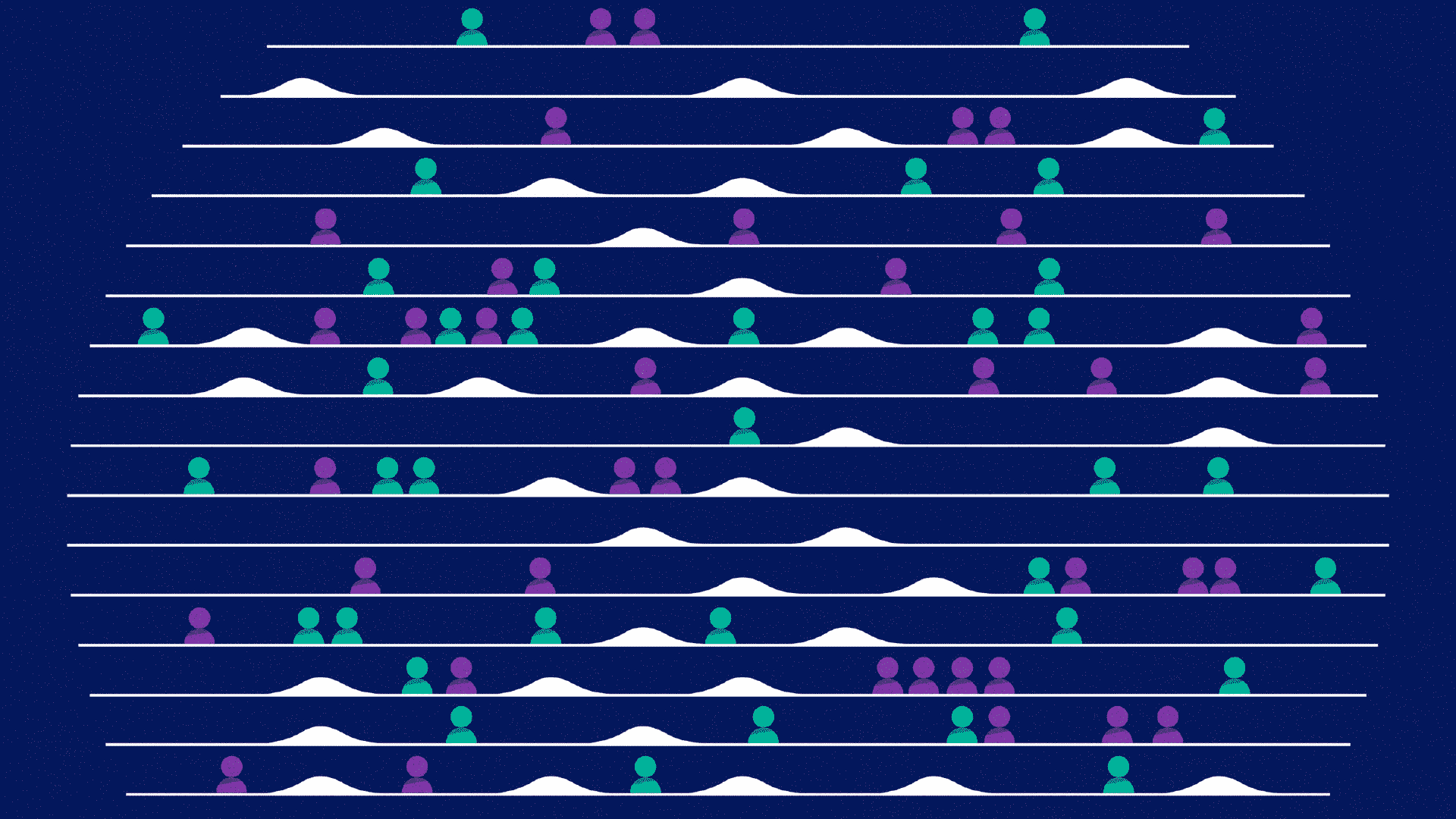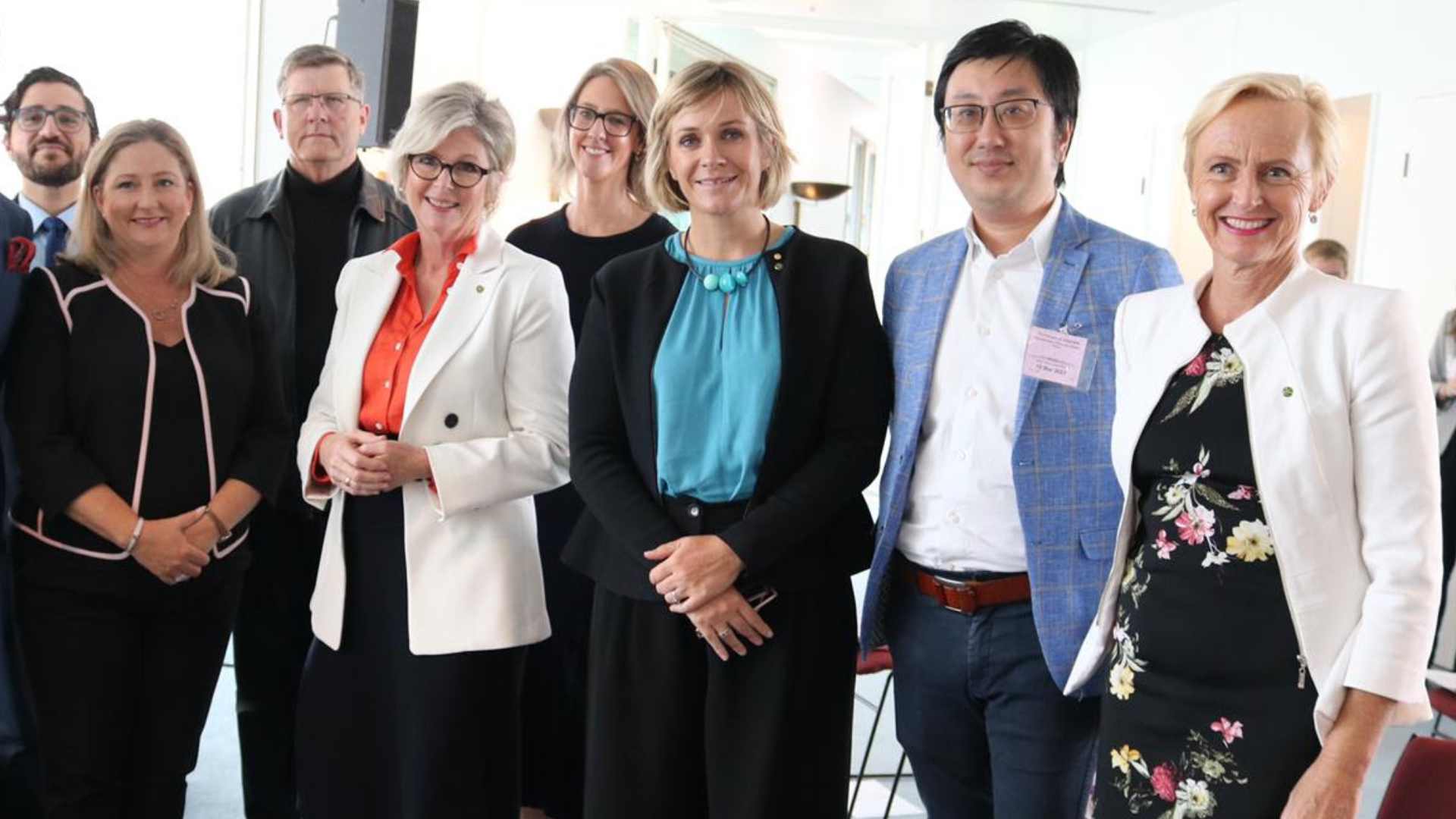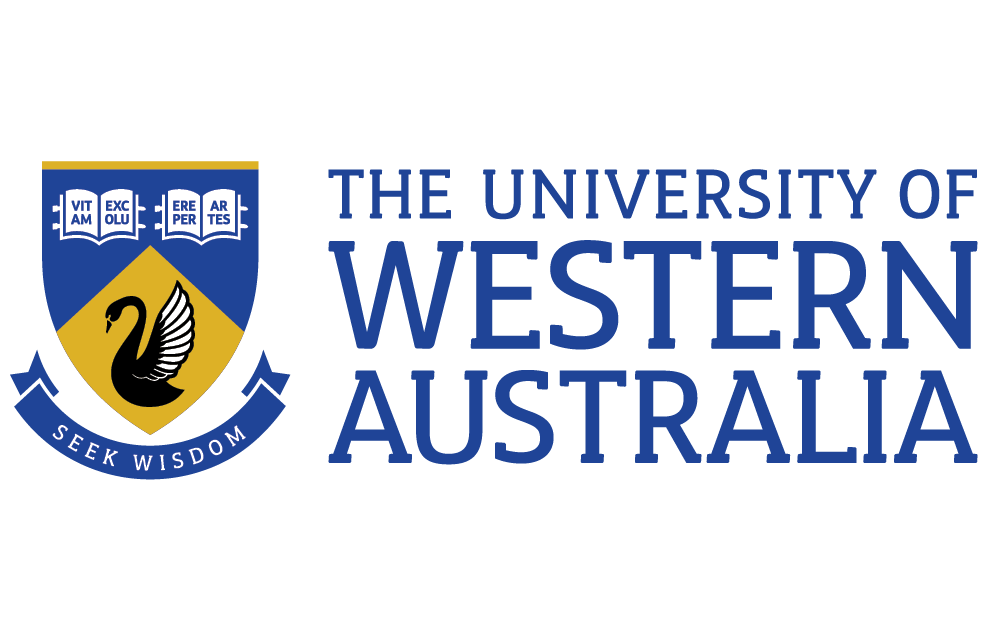World Economic Forum, June 2023
The Global Gender Gap Index benchmarks the current state and evolution of gender parity across four key dimensions (Economic Participation and Opportunity, Educational Attainment, Health and Survival, and Political Empowerment). It is the longest-standing index which tracks progress towards closing these gaps over time since its inception in 2006.
In 2023 the Global Gender Gap Index benchmarks 146 countries, providing a basis for robust cross-country analysis. Examining a subset of 102 countries that have been included in every edition of the index since 2006 provides a large constant sample for time-series analysis.
The Global Gender Gap Index measures scores on a 0 to 100 scale and scores can be interpreted as the distance covered towards parity (i.e. the percentage of the gender gap that has been closed). Cross-country comparisons support the identification of the most effective policies to close gender gaps.
Key findings of the Global Gender Gap Report 2023 include:
- Australia ranked 29th for Political Empowerment, a significant increase from 50th place in 2022.
- Australia, New Zealand and the Philippines and Australia have the highest gender parity at the regional level (East Asia and the Pacific), with Australia and New Zealand also being the two most-improved economies in the region.
- At the current rate of progress over the 2006-2023 span, it will take 162 years to close the Political Empowerment global gender gap.
- The Political Empowerment subindex registers once again the largest gender gap, at only 22.1% of the gap closed and the greatest spread of scores across countries.
- Gender gaps in political leadership continue to persist worldwide. Although there has been an increase in the number of women holding political decision-making posts worldwide, achieving gender parity remains a distant goal and regional disparities are significant.
- Approximately 27.9% of the global population live in countries with a female head of state. While this indicator experienced stagnation between 2013 and 2021, 2022 witnessed a significant increase.
- Iceland and Bangladesh are the only countries where women have held the highest political position in a country for a higher number of years than men. In 67 other countries, women have never served as head of state in the past 50 years
- There is a positive trend in the share of women in parliaments globally. In 2013, only 18.7% of parliament members globally were women among the 76 countries with consistent data. By 2022, this number had risen steadily to 22.9%.
- There is a positive trend in the share of women in local government globally. Out of the 117 countries with available data since 2017, 18 countries, including Bolivia (50.4%), India (44.4%) and France (42.3%), have achieved representation of women of over 40% in local governance.
Read the report







